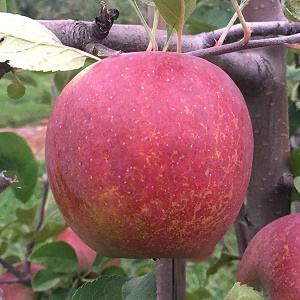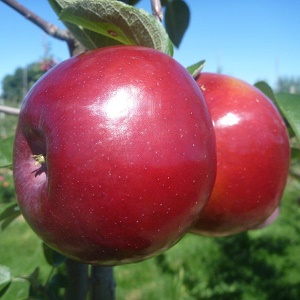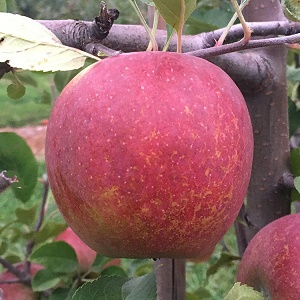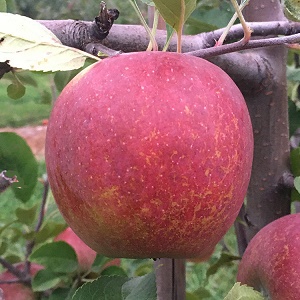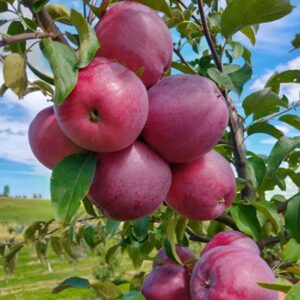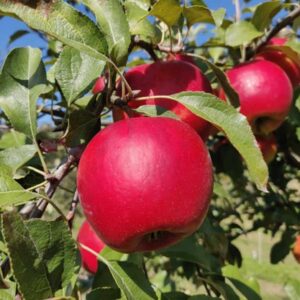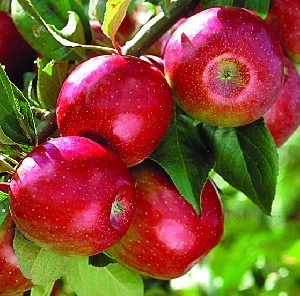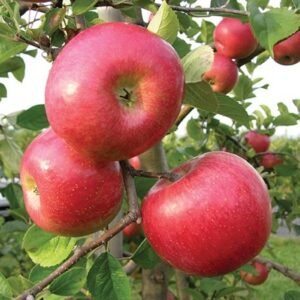Apple : WINECRISP Dwarf (B10)
$49.95
Winecrisp™ is the 19th apple cultivar developed by the joint efforts of Illinois, New Jersey, and Indiana university research. Some other illustrious graduates of the same program include Crimson Crisp, Pristine, and William's Pride. Like it's classmates Winecrisp™ has formidable disease resistance. Although it is not related to the venerable Winesap apple, the similarity in name is no accident. It has the same outstanding, yet understated beauty with a deep purple-red matte finish enhanced with a fine network of russeting. The crisp, rock-hard, cream-coloured flesh has twangy hints of citrus and wine to offset it's sweetness. Winecrisp™ is one of the best storage apples with a shelf life in excess of 6 months. The tree is precocious and productive, so aggressive hand thinning is recommended to maintain fruit size and annual bearing.
NEEDS A POLLENIZER | ZONE 4 | HARVEST : LATE OCT.
Rootstocks
G41 Dwarf
G935 Small Semi-Dwarf
G969 Small Semi-Dwarf
G30 Semi-Dwarf
G890 Semi-Dwarf
Pollenator definitions
NEEDS A POLLENIZER ̶ means another tree of the same type or kind but a different variety must be blooming nearby at the same time.
EXAMPLE A Liberty apple and a Wealthy apple can cross-pollinate. Two trees of the same variety ie: ̶ 2 Wealthy apples, cannot cross pollinate because they are genetically identical.
Other trees are marked as SEMI-FERTILE. These will set fruit without a second tree. However they will often bear more, and sometimes larger fruit if another variety of the same kind of tree is nearby.
You can select 2 different trees of the same kind marked as NEEDS A POLLENIZER or plant one of those along with one SELF-FERTILE or one SEMI-FERTILE. Also consider ripening times ̶ a Goldrush apple might not start blooming before a Pristine is finished.
Other products in this zone
Growing Tips
Besides selecting the most disease resistant varieties, there are
a few simple things to do to have better apples.
- Fertilize under the outer edges of your trees. There are no feeder roots next to the trunk. A well fed tree stays healthier. (Adequate calcium in the soil also helps so that apples keep longer.)
- Pick up fallen fruit and compost, dispose of, or feed to livestock (where possible).
- Rake up leaves in the fall and compost them away from the orchard.
- Prune trees to encourage light and air to reach the inside of the tree.
- Provide bird nesting sites near your orchard. A variety of orchard companion type plants will attract native pollinator insects and also encourage birds to come and eat insect pests.
